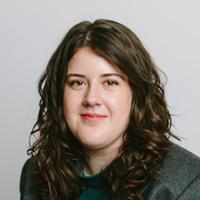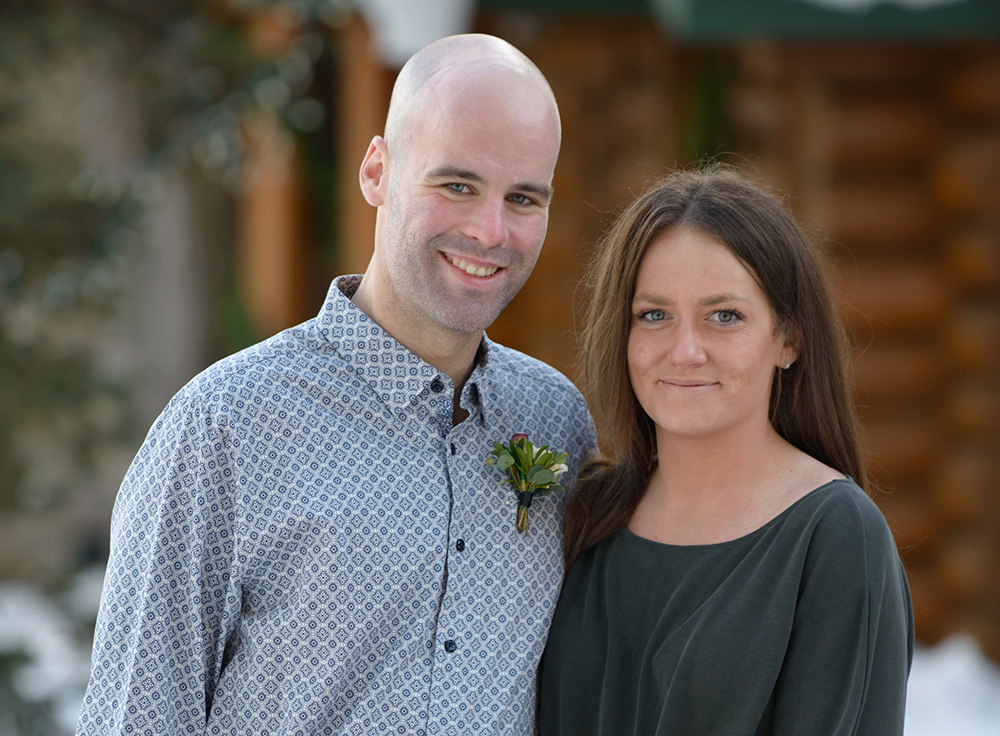On Christmas Day, Jess Lamb needed three injectable vials of naloxone to revive her partner from a fentanyl overdose in their home.
The next day, when Patrick Evans experienced an overdose again, it took three nasal sprays and one injection by Lamb to save their life.
“I was too scared to call 911 for the second overdose. I didn’t know what would happen to him,” said Lamb on the phone from the couple’s home in Cranbrook.
She loses at least one friend a week to the overdose crisis, but Lamb “didn’t want paramedics to show up again and take him without me because of COVID.”
The province’s expanded safer supply program is supposed to provide prescription drugs for people — heroin, hydromorphone and others — as an alternative to increasingly poisoned illicit supplies, preventing overdoses and deaths.
But for Evans and others, the program has failed to deliver on its promise, advocates say.
Evans had been in recovery and not using for over two years when they started using heroin again in the summer.
In September, they went to their physician and was prescribed Dilaudid, an oral form of hydromorphone, as an opioid substitute. Like most participants in the program, they crushed and dissolved the pills and injected them.
For Evans, safer supply meant being in control of their days and focusing on things beyond their substance use. “When I’ve put one foot in front of the other and tried, navigating substance use disorder is a full-time job,” they said.
Lamb used substances including crystal methamphetamine and heroin until 2015 before stopping to only use cannabis. But when Evans began Dilaudid, “the drug of choice was in my house, and it got the best of me,” Lamb said.
Under pandemic risk mitigation guidelines announced in March, the province allowed doctors to prescribe alternatives to people at dual risk of COVID-19 and drug overdose.
Research from the BC Centre for Disease Control in 2012 estimates as many as 83,000 people in the province are opioid dependent.
Between March and December, the Ministry of Mental Health and Addictions said the number of people being prescribed Dilaudid nearly quadrupled from 677 to 3,348 across the province.
And by October, Lamb and Evans were among them.
But what they first saw as relief quickly became a source of stress that put their lives at risk.
Stigma and a lack of understanding from doctors have made safer supply difficult to obtain and even harder to keep, said Evans and Lamb, putting their lives at risk even as the province touts a growing number of people with access to Dilaudid.
The couple said both their doctors were hesitant to begin prescribing alternatives at all and began pressuring them to taper off their doses almost as soon as they started.
Evans said the challenges began immediately.
“It was barely enough, and she was constantly pressuring me to taper down because she didn’t want to be prescribing narcotics,” said Evans. “We had difficulties at the pharmacy too, and there was just so much stigma.”
Lamb said her doctor was worried she would be at fault if Lamb injected a prescribed substance meant to be taken orally and overdosed or developed an embolism as a result of air in the needle.
“If I’m getting Dilaudid, that’s reducing my risk of an overdose, not increasing it,” said Lamb.
Lamb, who works in harm reduction at Ankors AIDS Outreach Centre and Support Society in Cranbrook, has been advocating for people to get on safer supply since March’s risk mitigation guidance came out.
But it has been an uphill battle in her work as well as her personal life, Lamb said — even after provincial health officer Dr. Bonnie Henry announced in September that safe supply programs would be expanded and registered nurses would be allowed to prescribe drug alternatives.
Four months later, there are few details on plans to expand supply, and nurses still can’t prescribe prescription alternatives to illicit drugs.
Lamb and Evans said that as it became difficult to access adequate prescribed alternatives under safer supply programs, they began rationing the pills they did have in the late fall.
Their prescription supply dwindled, and Evans began turning to the illicit supply, which led to their back-to-back overdoses during the holidays.
The couple says their struggles to access and maintain safer supply won’t be alleviated by allowing nurses to prescribe if the stigma and hesitance of doctors and nurses remains.
Lamb said substance users and their peers need to be involved in addictions medicine training for doctors and nurses to ensure they understand the gravity of the problem, Lamb said.
The colleges representing and regulating nurses, doctors and pharmacists in B.C. have publicly supported the new expansion plan.
But Jordan Westfall, president of the Canadian Association for Safer Supply, says physicians’ concerns about prescribing safer options need to be addressed by the college, particularly around any potential disciplinary issues.
“Individual doctors can, and they always have been able to, prescribe safer supply. But running into problems with their college, that’s a huge chilling factor,” said Westfall. “So allowing nurses to prescribe too doesn’t address the root cause.”
Hydromorphone tablets were initially chosen as the option because of their portability. Now Westfall wants the government to use the Fair PharmaCare program to make injectable alternatives more widely available.
That would increase support from the regulatory colleges, he said, by reducing concerns that people are crushing and injecting pills under the current program.
A spokesperson for the Minister of Mental Health and Addictions, responsible for rolling out the expanded program, said the plan isn’t complete. But the first cohort of trained nurses are expected to begin prescribing suboxone, an opioid substitute, in February.
“This means there will soon be more health-care practitioners available to prevent overdoses, and reach more people and provide more options, especially in underserved areas,” he said in an email.
In the last two weeks, both Lamb and Evans have been able to begin accessing opioid substitute treatment through a weekly clinic offered by a visiting doctor.
They are now both taking Kadian, a slow-release oral form of morphine, and a reduced dose of Dilaudid, with the intention of transitioning to either methadone or suboxone.
While Lamb is grateful to have access to this potential solution, she feels they both had to “play ball” with their doctors to stay on any form of treatment at all.
She would have preferred to stay on Dilaudid, because now she worries about how she will get off of Kadian, particularly if methadone or suboxone don’t work for her.
And in a place like Cranbrook with limited support and options for accessing health care for substance use, Lamb worries about the people who don’t have the knowledge or the energy to advocate for what they need.
Lamb has to call colleagues and contacts in Vancouver to convince her doctor to give her a prescription, she said.
“I have to fight for my life,” she said. “When you’re using drugs and trying not to die, you don’t have much time to do other things, and one of those things is advocating for your health care.” ![]()
Read more: Health, BC Politics
















Tyee Commenting Guidelines
Comments that violate guidelines risk being deleted, and violations may result in a temporary or permanent user ban. Maintain the spirit of good conversation to stay in the discussion.
*Please note The Tyee is not a forum for spreading misinformation about COVID-19, denying its existence or minimizing its risk to public health.
Do:
Do not: